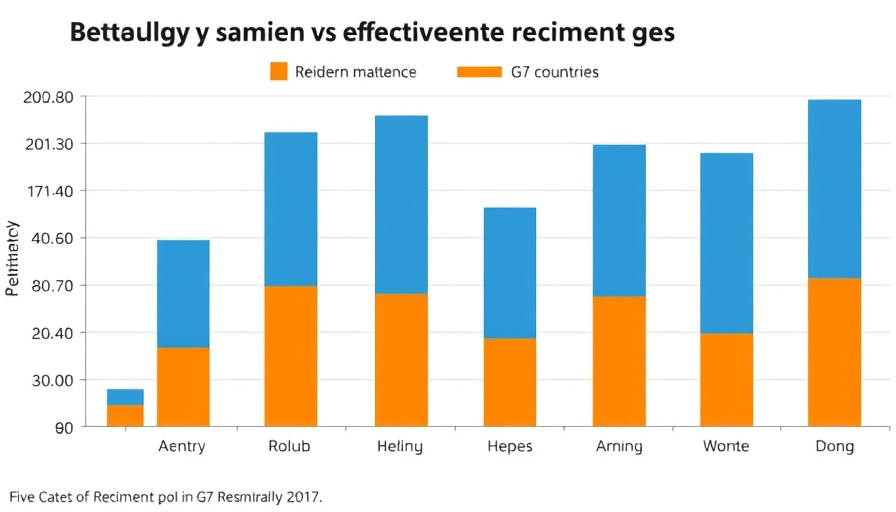
Understanding Job Mobility: A Key to Talent Management
Job mobility patterns are reshaping the workforce landscape, providing organizations with critical insights into employee engagement and retention strategies. A recent report by Indeed’s Hiring Lab highlights a trend where high-mobility roles—such as those in loading, stocking, and food preparation—experience notable turnover. For HR leaders, recognizing these patterns can significantly enhance their talent management strategies.
Attraction and Onboarding Are Essential
For roles characterized by high turnover, like those in lower-paying sectors, employers must refine their attraction and onboarding processes to capture the best talent. Focusing on a seamless onboarding experience helps to mitigate early attrition, thereby reinforcing employee performance. Given that about 2.6% of job seekers switch jobs monthly, tailoring recruitment strategies and engaging employees from their first day can make a substantial difference.
The Role of Internal Development
In contrast, low-mobility roles benefit immensely from internal development and retention strategies. Organizations should invest in leadership development and succession planning to nurture their talent internally. By fostering a people-first leadership approach and encouraging continuous learning, companies can enhance workforce optimization and create a high-performance culture.
Key Data Insights for HR Strategies
Indeed’s research underscores that two-thirds of employees who change jobs often shift to a new occupational category altogether. This reinforces the necessity for HR departments to continuously monitor labor market dynamics and adjust their workforce strategies accordingly. For instance, during times of fluctuating demand, high turnover can signal issues like low job security or uncompetitive wages.
Actionable Insights for Today’s Workforce
Now more than ever, crafting strategies that focus on employee engagement is crucial. Incorporating strong HR metrics will not only aid in tracking employee satisfaction but also highlight opportunities for improvement in recruitment and retention strategies.
In this era of job hopping, HR leaders must adapt quickly to understand labor market signals. The shift toward a culture of development and engagement not only heightens employee performance but fortifies an organization’s foundation for long-term success. For organizations aiming to thrive, recognizing the value of both attraction and retention within their workforce strategy is imperative.
 Add Row
Add Row  Add
Add 




Write A Comment